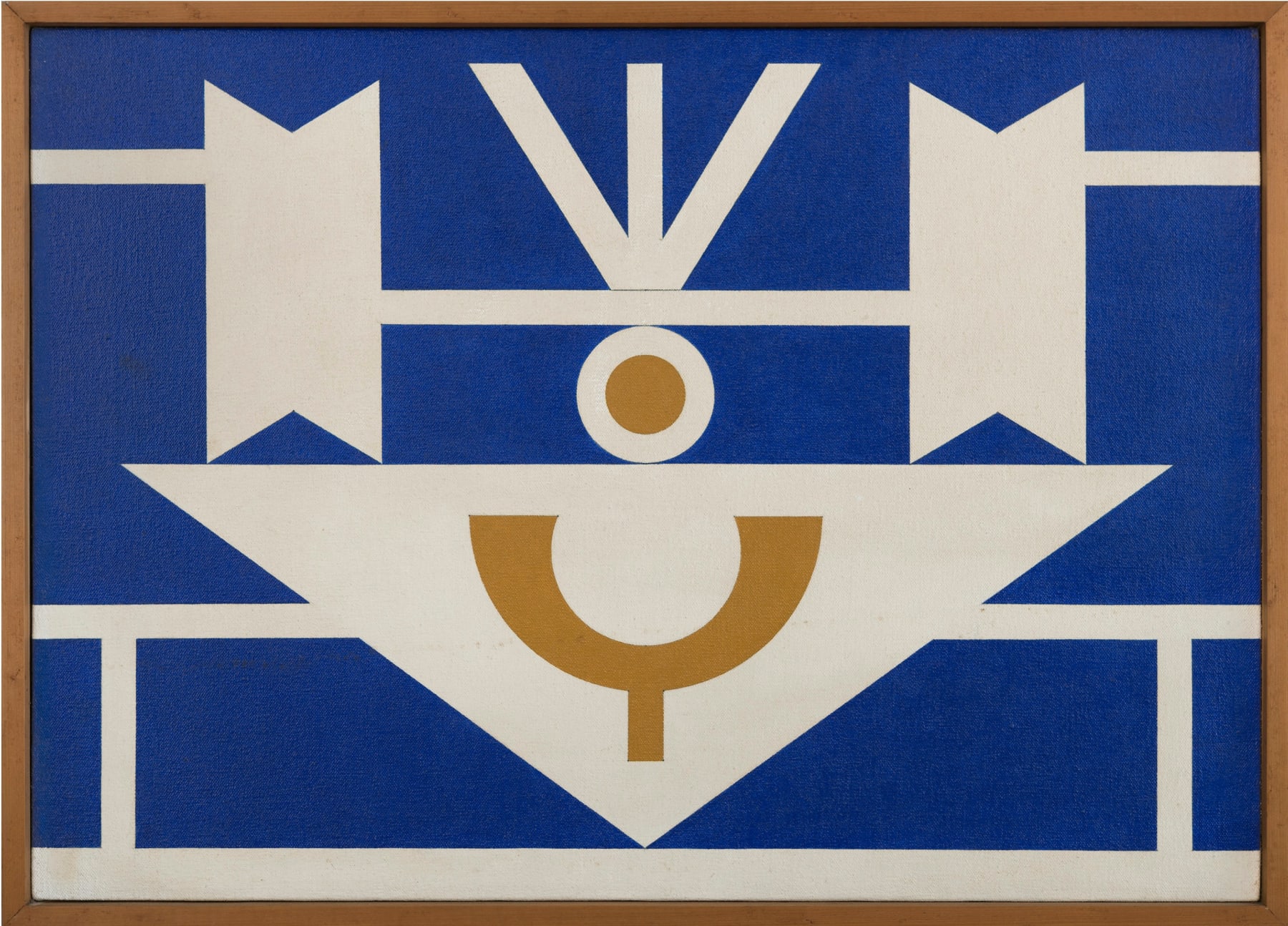Rubem Valentim
Emblemágico-84, 1984
Acrylic on canvas
Image:
19 3/4 x 27 1/2 in
50 x 70 cm
Framed:
21 1/4 x 29 1/8 x 1 3/4 in
53 x 73 x 4 cm
19 3/4 x 27 1/2 in
50 x 70 cm
Framed:
21 1/4 x 29 1/8 x 1 3/4 in
53 x 73 x 4 cm
Copyright the Artist
8
de
30

